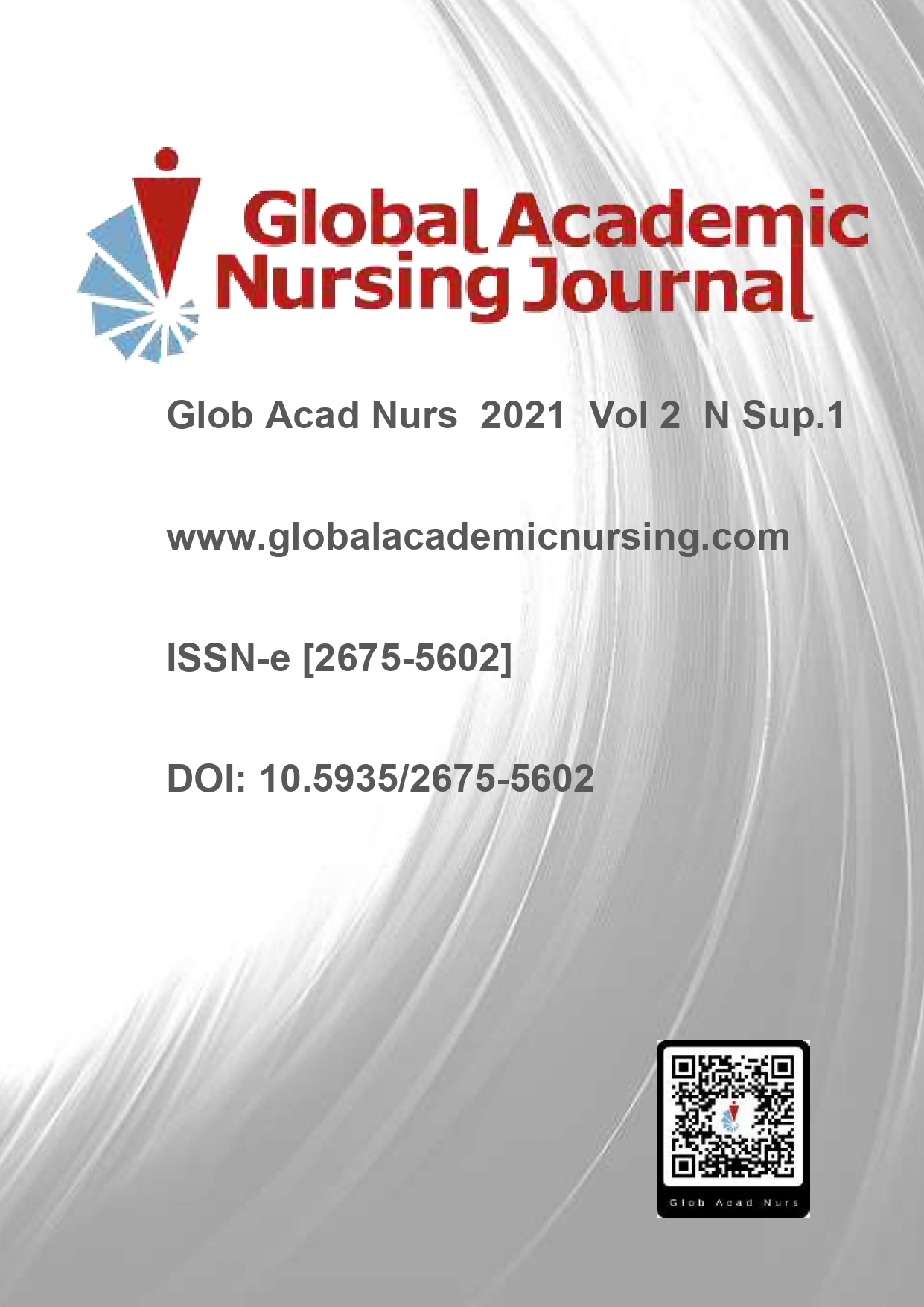Abstract
Main Objective: To analyze the most common types of violence in national and international university environments, through an integrative review, discussing teaching strategies to face it. Specific Objectives: To present the constituent phases of an integrative review and the relevant aspects to be considered for the use of this important methodological resource, identifying the types of violence experienced in the university environment
References
Krug EG, et al., eds. World report on violence and health. Geneva: World Health Organization; 2002.
Godinho CCPS, et al. A violência no ambiente universitário. Revista Brasileira em Promoção da Saúde. 2018;31(4). https://doi.org/10.5020/18061230.2018.8768
Instituto de Pesquisa Econômica Aplicada (IPEA). Atlas da Violência. 2020.
Mendes KDS, Silveira RCCP, Galvão CM. Revisão integrativa: método de pesquisa para a incorporação de evidências na saúde e na enfermagem. Texto & Contexto Enferm. 2008;17:64-758. https://doi.org/10.1590/S0104-07072008000400018
Moher D, Lliberati A, Tetzlaf J, Altman DG. Principais itens para relatar Revisões sistemáticas e meta-análises: A recomendação PRIMA. Epidemiol. Serv. Saúde. 2015;24(2):335-342. https://doi.org/10.5123/S1679-49742015000200017
Mulilis JP, Lippa R. Behavioral Change in Earthquake Preparedness Due to Negative Threat Appeals: A Test of Protection Motivation Theory. Journal of Applied Social Psychology. 1990;20(8):619-638. https://doi.org/10.1111/j.1559-1816.1990.tb00429.x
Lipsitt LP. Learning processes in the human newborn: Sensitization, habituation, and classical conditioning. Annals of the New York Academy of Sciences. 1990;608:113–127. https://doi.org/10.1111/j.1749-6632.1990.tb48894.x
Myers SC. Still searching for optimal capital structure. Journal of Applied Corporate Finance. 1993;6(1):4-14. https://doi.org/10.1111/j.1745-6622.1993.tb00369.x
Anderson CA, Bushman BJ. Human aggression. Annual Review of Psychology. 2002;53:27-51. https://doi.org/10.1146/annurev.psych.53.100901.135231
Baumeister RF, Smart L, Boden JM. Relation of threatened egotism to violence and aggression: The dark side of high self-esteem. Psychological Review. 1996;103(1):5–33. https://doi.org/10.1037/0033-295X.103.1.5
Bushman BJ, Baumeister RF. Threatened egotism, narcissism, self-esteem, and direct and displaced aggression: Does self-love or self-hate lead to violence? Journal of Personality and Social Psychology. 1998;75(1):219–229. https://doi.org/10.1037/0022-3514.75.1.219
Kernis MH, Grannemann BD, Barclay LC. Stability and level of self-esteem as predictors of anger arousal and hostility. Journal of Personality and Social Psychology. 1989;56(6):1013–1022. https://doi.org/10.1037/0022-3514.56.6.1013

This work is licensed under a Creative Commons Attribution-NonCommercial-NoDerivatives 4.0 International License.
Copyright (c) 2021 Global Academic Nursing Journal

